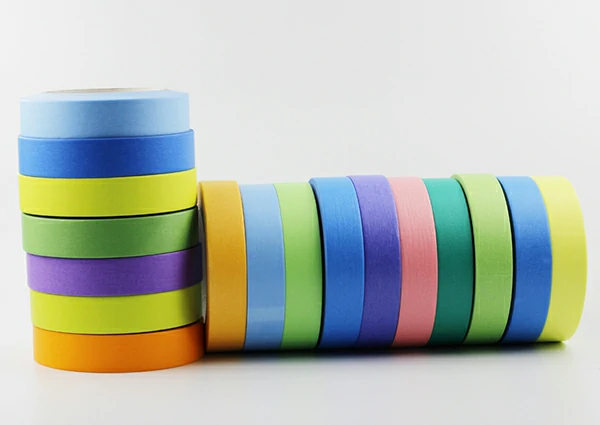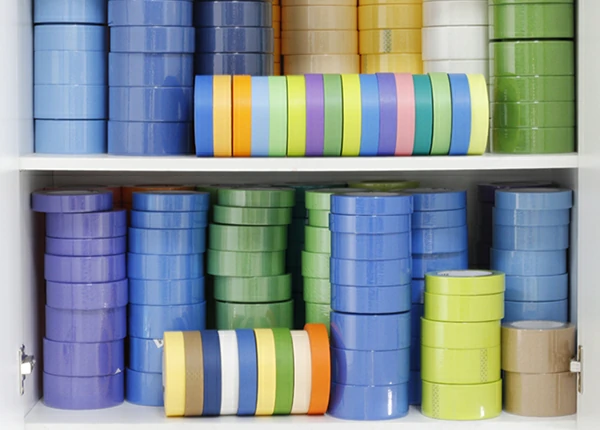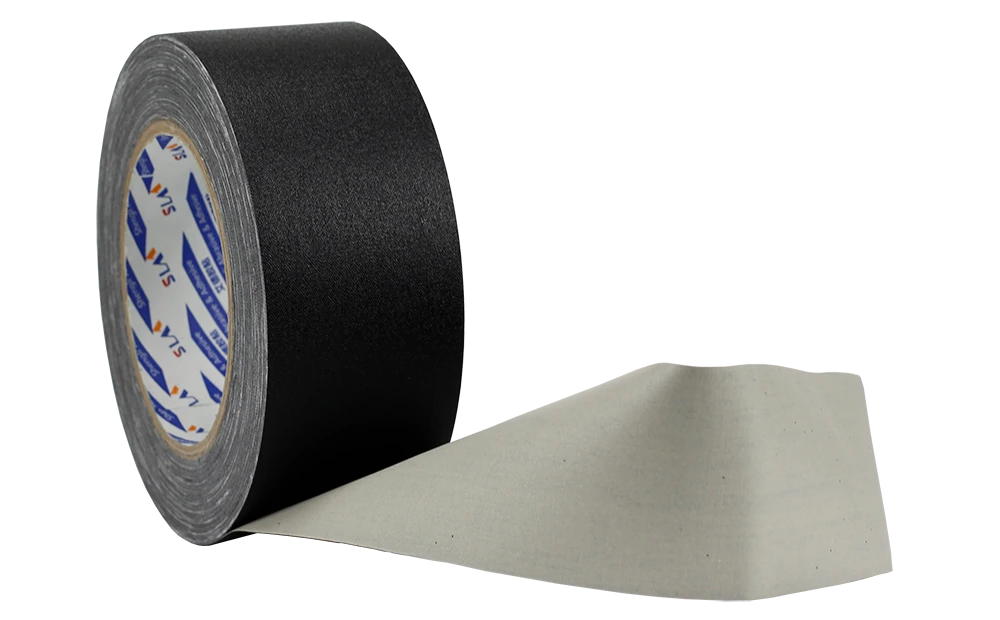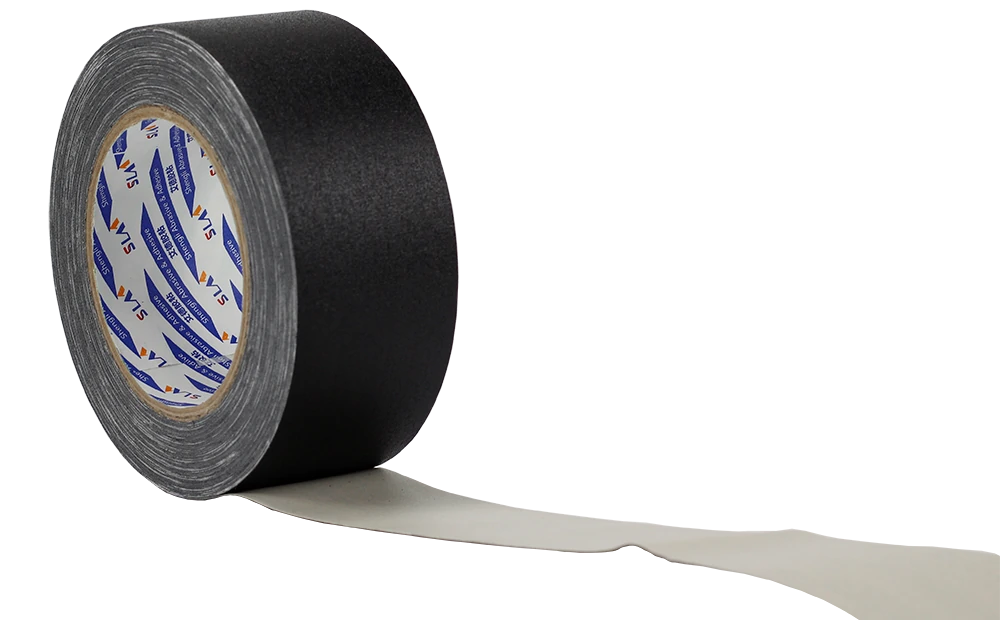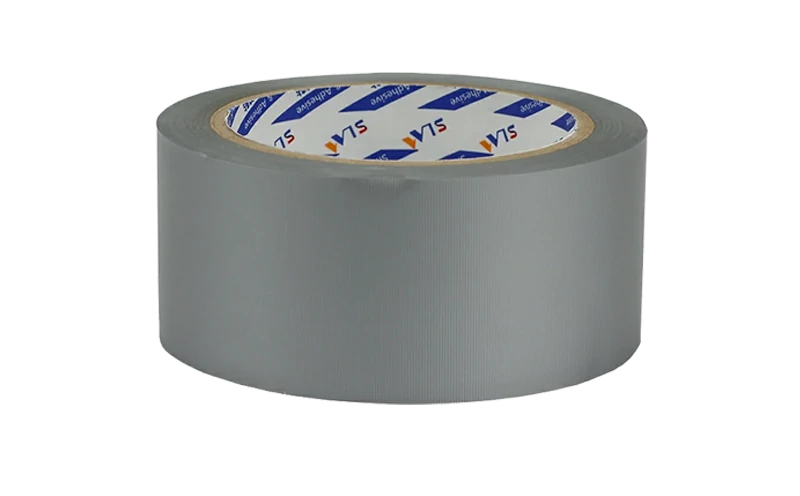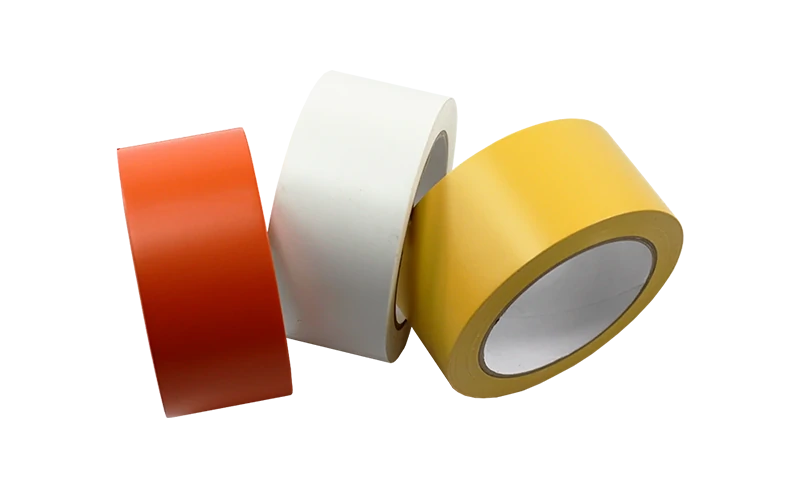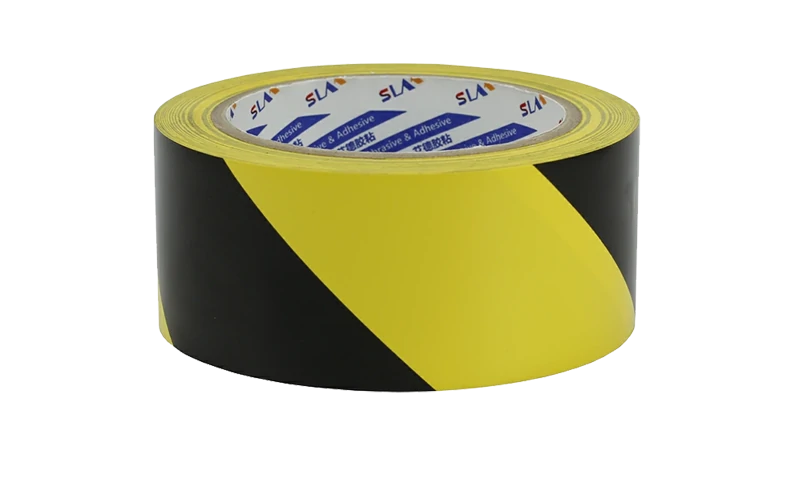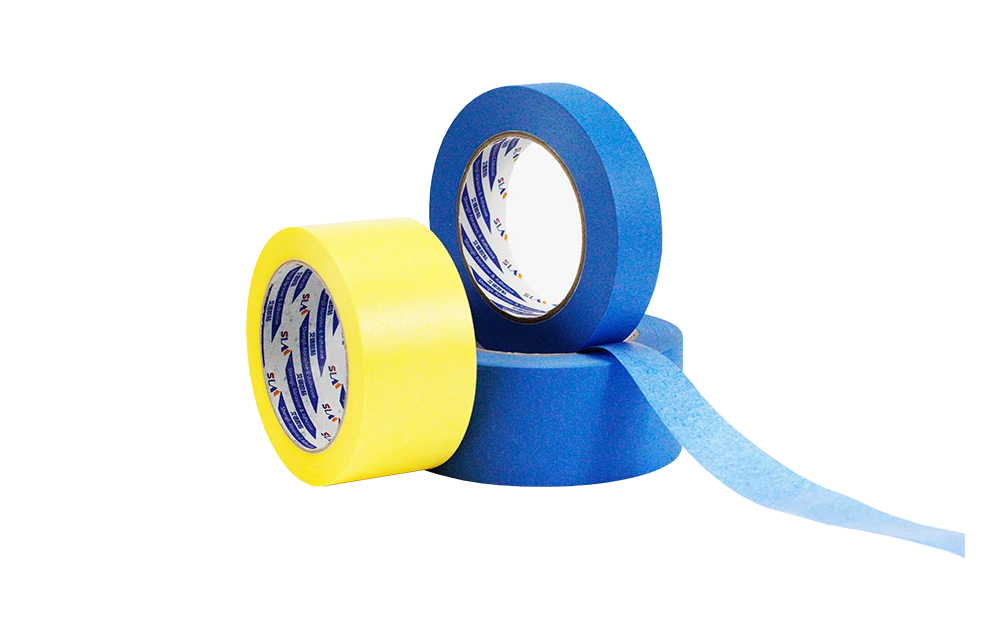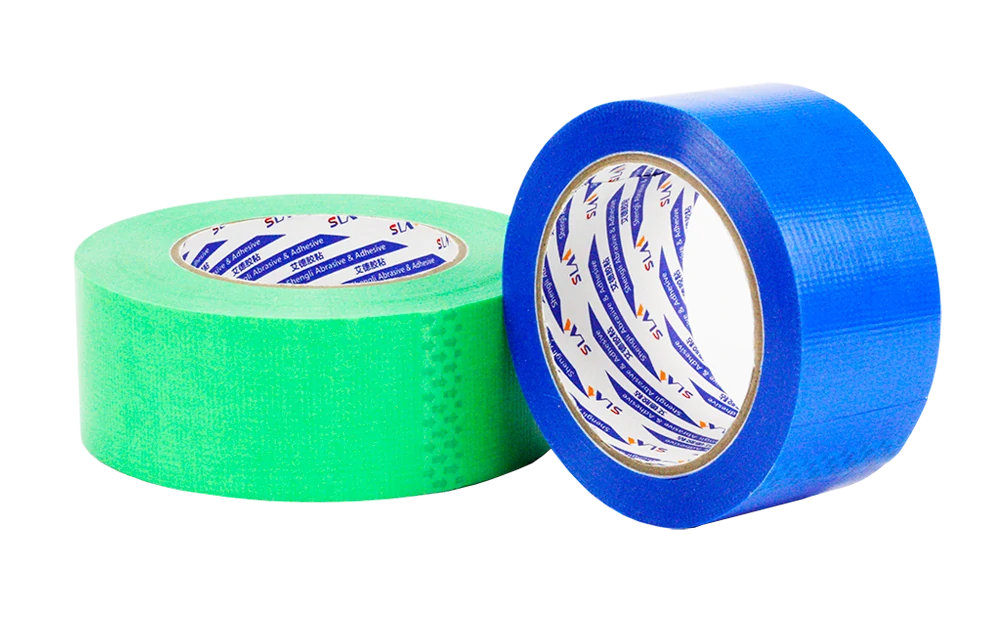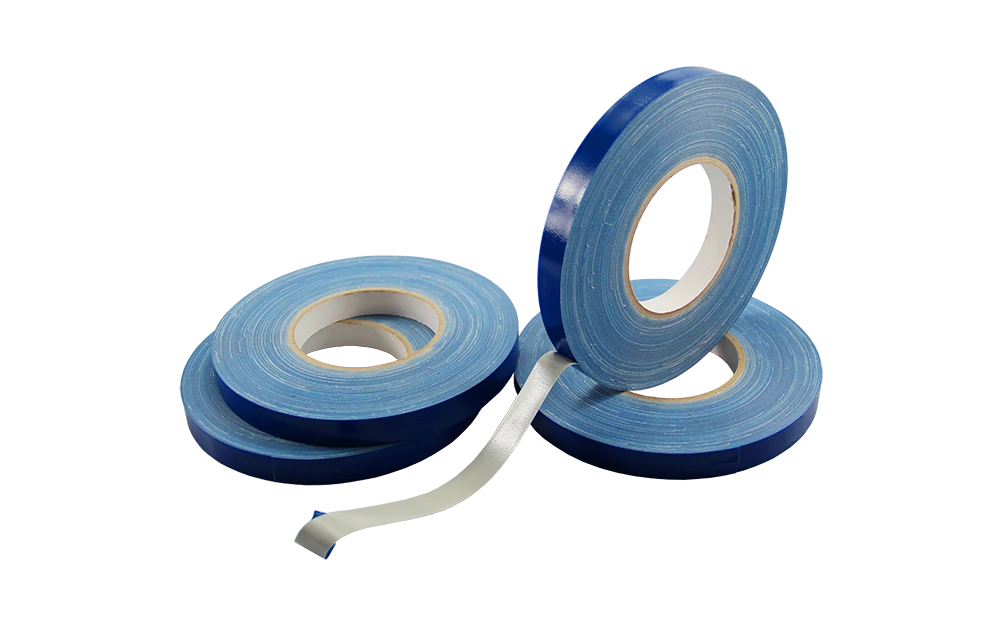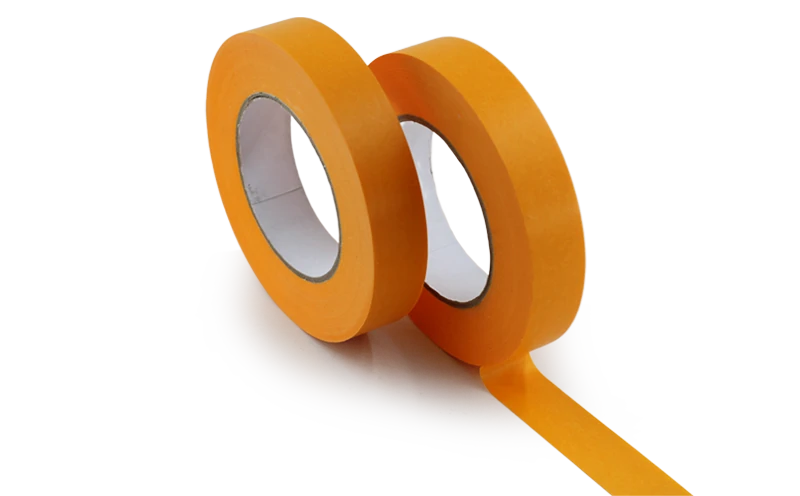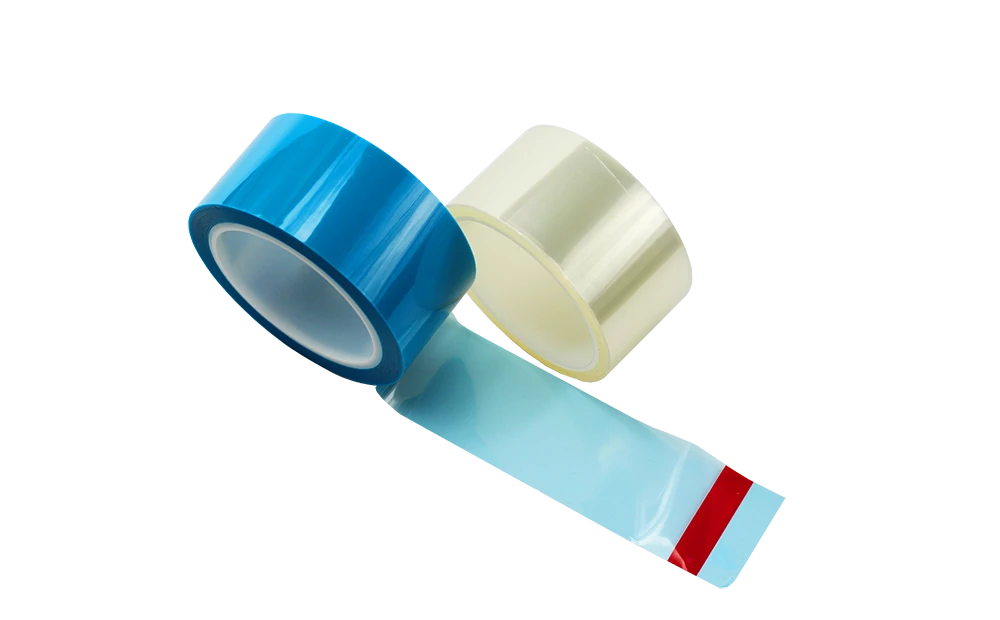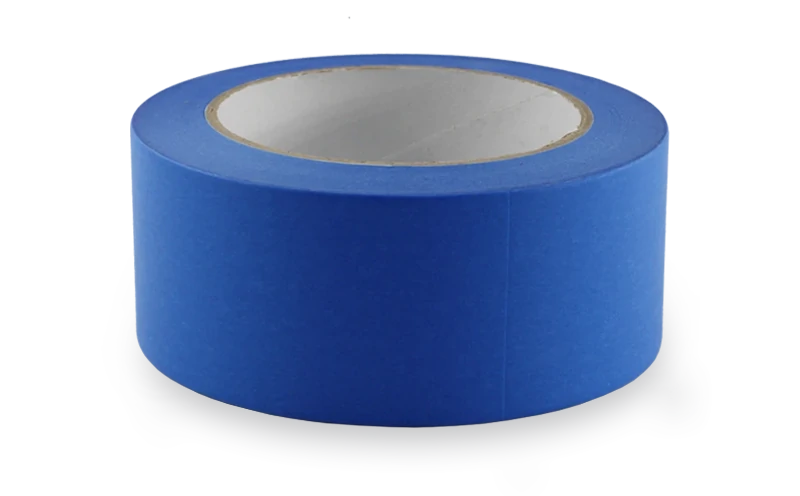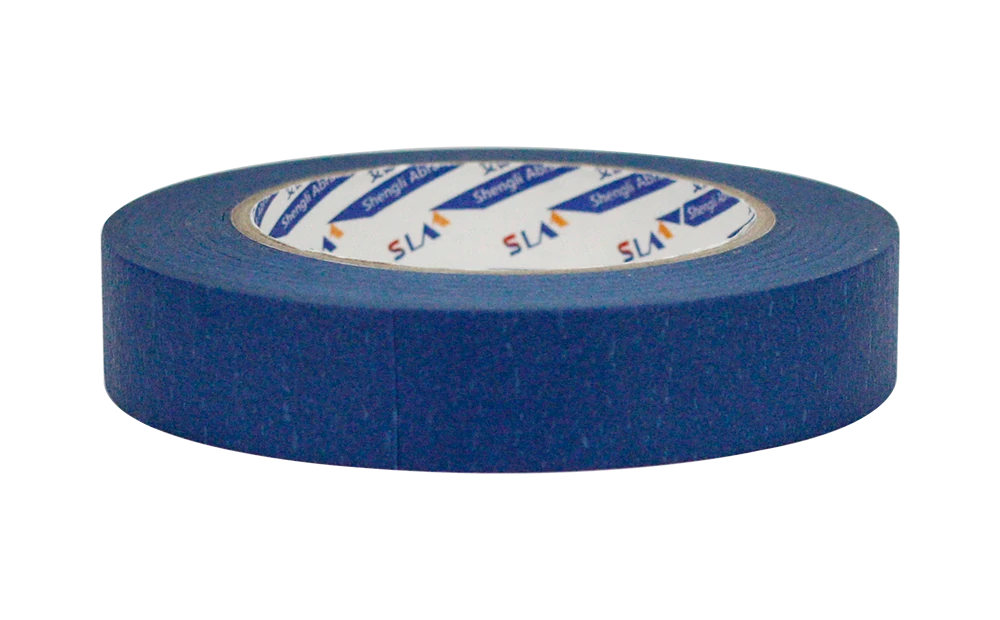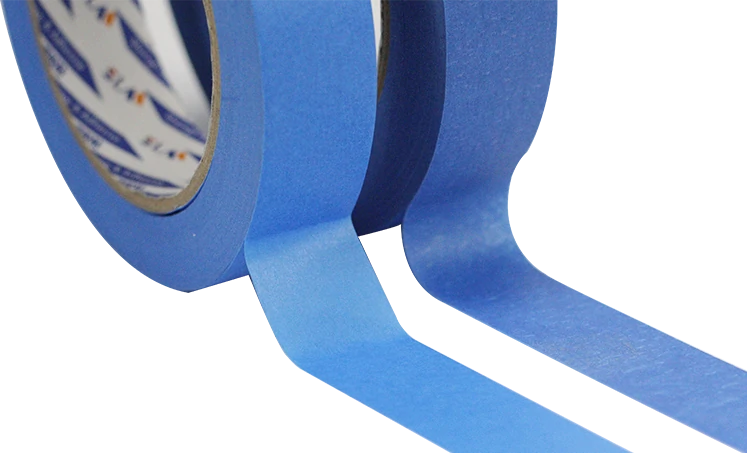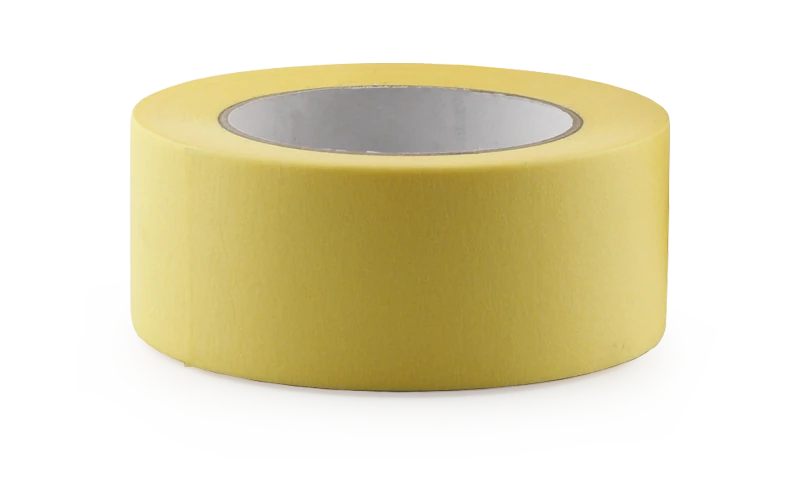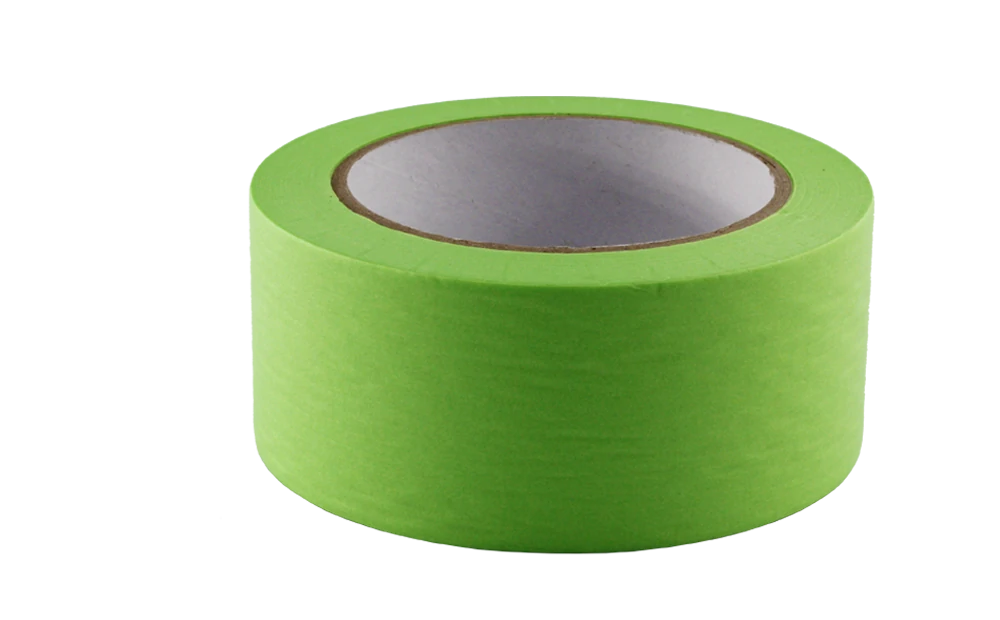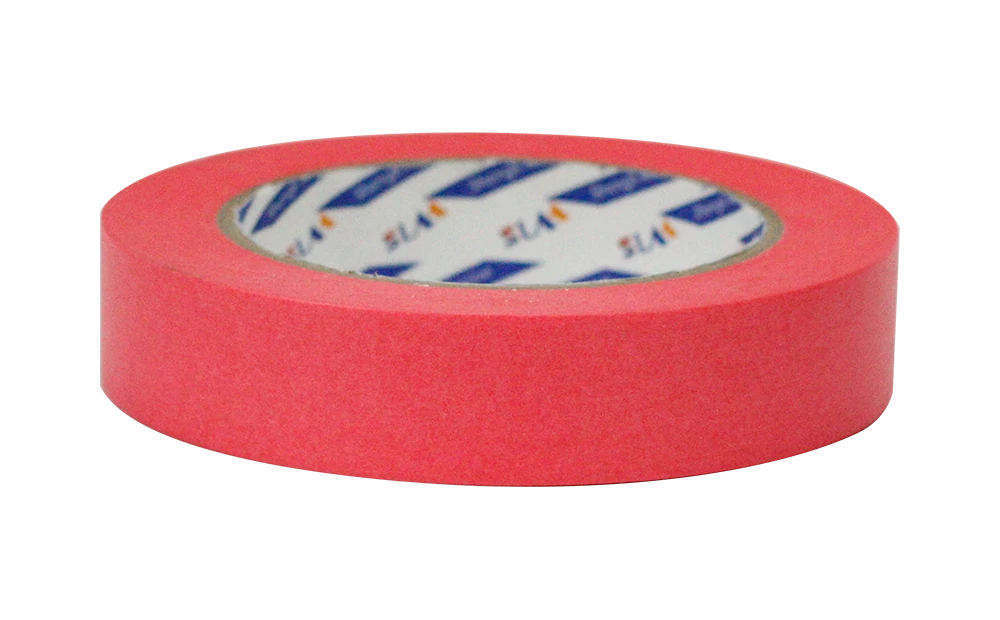What is Insulation facing?
Insulation facing are outer surface of insulation materials. These laminated materials provide three valued insulation solutions: thermal protection, vapor barrier, and flame retardant. These qualities, together, helping the insulation system meet building codes, achieve better energy efficiency, and control condensation.
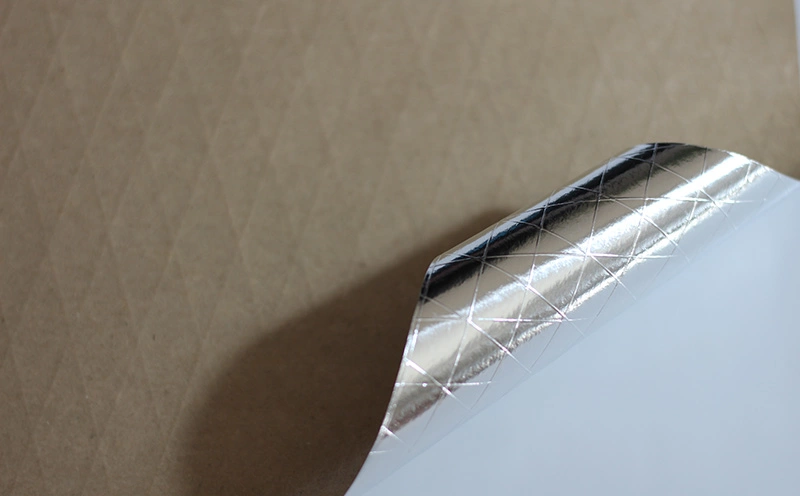
There are three different kinds of facing offered by SLAA:
- Foil scrim kraft (FSK)
- Poly scrim kraft (PSK)
- All service jacket (ASJ)
What are some common applications where insulation facing materials are used?
Insulation facing materials are used in a wide range of applications in the construction industry.
Here are some common applications where insulation facing materials are utilized:
HVAC Ductwork:
Insulation facings are commonly applied to HVAC ductwork to enhance the thermal efficiency of the duct system. The facing material helps to reduce heat gain or loss in the ducts, improving energy efficiency and maintaining desired indoor temperatures.
Roofing and Attics:
Insulation facing materials, particularly those with reflective properties, are used in roofing and attic applications. They help to reflect radiant heat from the sun, reducing heat transfer into the building during hot weather. This can improve energy efficiency and comfort levels in the living space.
Walls and Ceilings:
Insulation facing materials are used in walls and ceilings to provide additional thermal insulation and moisture resistance. They help to reduce heat transfer through the building envelope, improving energy efficiency and maintaining indoor comfort.
Pipe Insulation:
Insulation facings are used in pipe insulation applications to provide thermal insulation and moisture protection for pipes. They help to prevent heat loss or gain in the pipes and protect them from condensation and moisture damage.
Equipment and Machinery Insulation:
Insulation facing materials are used to cover and protect insulation materials applied to equipment and machinery. They provide additional durability, moisture resistance, and flame retardancy, ensuring the insulation remains effective and safe in industrial settings.
Refrigeration and Cold Storage:
Insulation facing materials with vapor barrier properties are commonly used in refrigeration units and cold storage facilities. They help to prevent the passage of moisture and vapor, maintaining the desired temperature and preventing condensation within the insulated space.
Soundproofing and Acoustic Insulation:
Insulation facings can be used in soundproofing applications to enhance the acoustic insulation properties of the materials. They help to reduce the transmission of sound waves, improving soundproofing performance in buildings such as recording studios, theaters, or offices.
Modular Buildings and Prefabricated Structures:
Insulation facing materials are often integrated into modular buildings and prefabricated structures. They provide insulation, moisture resistance, fire safety, and other required performance attributes to ensure the efficiency and durability of the pre-engineered components.
These are just a few examples of the many applications where insulation facing materials are commonly used. The specific choice of facing material depends on factors such as the desired performance attributes, environmental conditions, and building code requirements.
How to choose right insulation facing materials for HVAC ductwork?
FSK Facing:
FSK (Foil Scrim Kraft) facing is a popular choice for HVAC duct insulation. It consists of a layer of aluminum foil, a reinforcing scrim, and a layer of kraft paper. FSK facing provides excellent thermal reflectivity, moisture resistance, and flame retardancy, making it well-suited for ductwork applications.
ASJ Facing:
ASJ (All-Service Jacket) facing is another common option for HVAC duct insulation. It typically consists of a layer of white kraft paper coated with a moisture-resistant, flame-retardant adhesive. ASJ facing offers good moisture resistance, durability, and a clean appearance.
Vinyl or Polyethylene Facing:
Vinyl or polyethylene facings are used in duct insulation applications where moisture resistance is a primary concern. These facings provide a strong vapor barrier, preventing the passage of moisture and condensation into the duct system. They are particularly suitable for high-humidity environments.
When selecting an insulation facing material for HVAC ductwork, it’s important to consider factors such as the specific requirements of the project, local building codes, environmental conditions, and the desired performance attributes. It’s also advisable to consult with insulation manufacturers or industry professionals to ensure you choose the most suitable facing material for your specific application.
